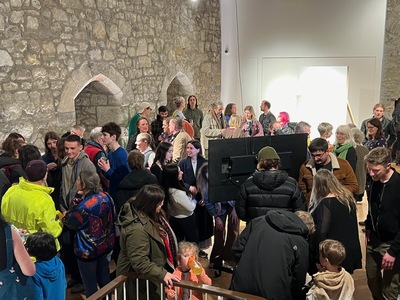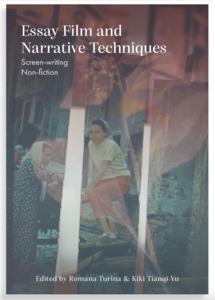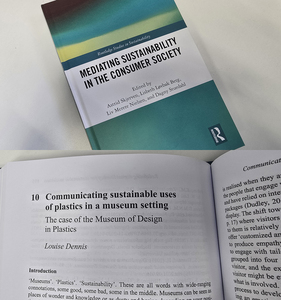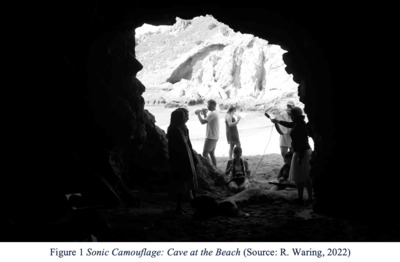In 2015 Ellison was invited by fashion brand owner ‘Cherchbi’ Adam Atkinson to publish a book about Herdwick wool a raw material of the rug sacks Cherchbi produced.
The subsequent book, Herdwick Common was published under the brand publishing imprint, as a 98-page photo book with accompanying essay from acclaimed author, James Rebanks,
(The Shepherd's Life: A Tale of the Lake District). When reading into Herdwick sheep, something I discovered was ‘heft’ - A place where the sheep were rooted to by birth and returned to instinctively. This is something author James Rebanks has written about in his publication ‘A Shepherds Life’ a retelling of life spent as a farmer near Penrith. His book content and title inspired by W.H. Hudson ‘A Shepherds Life’ tells a passionate account of the up and downs of growing up as a farmer.
Research Imperatives
Ellison explores the cultural and symbolic significance of sheep on the region of Cumbria. The oldest reference to sheep kept in the Lake District is in documents dating from the 13th Century when the Cistercian monks of Furness Abbey near Barrow and Fountains Abbey near York farmed large areas. The documents simply make reference to the use of the short, coarse hair of the sheep for their habits. There is no mention of Herdwick although short, coarse hair may be a clue to one of the characteristics of an early hill breed.
Ellison began by researching the name ‘Herdwick', thought to derive from Herdvyck, Norse for ‘sheep pasture’. This has led some to believe that the breed was, maybe, brought into the country in the 8th and 9th centuries by Norse invaders from what are modern Denmark, western Sweden and Norway. More likely though, they were named Herdwick simply because most Lake District farms had land for sheep and were referred to as ‘herdwicks’. So the sheep adopted their name from the farms. The breed seems to have changed somewhat over the past two centuries to what we accept today as the Herdwick. Drawings and prints from the 19th century seem to indicate a taller and less stocky version of what we have in the 21st
century.
The book brings together an essay by James Rebanks, a story told from within alongside of series of photographic portraits that tie together this ancient rural livelihood.
 |



 Lists
Lists Lists
Lists

![Photograph from Herdwick Common book [thumbnail of Photograph from Herdwick Common book]](https://research.aub.ac.uk/31/7.haslightboxThumbnailVersion/03_2014_08_02_03_flat2_SPL_Flattened.jpg)
![Photograph from Herdwick Common book [thumbnail of Photograph from Herdwick Common book]](https://research.aub.ac.uk/31/8.haslightboxThumbnailVersion/37_2013_11_30_Edmondson13_flat_DP.jpg)
![Photograph from Herdwick Common book [thumbnail of Photograph from Herdwick Common book]](https://research.aub.ac.uk/31/9.haslightboxThumbnailVersion/36_2014_07_31_14_flat_SP.jpg)
![Photograph from Herdwick Common book [thumbnail of Photograph from Herdwick Common book]](https://research.aub.ac.uk/31/10.haslightboxThumbnailVersion/22_2013_12_03_Edmondson_final03_flat_SP.jpg)









